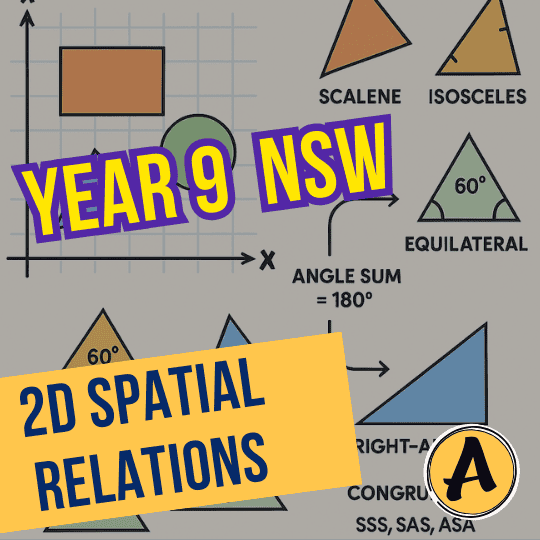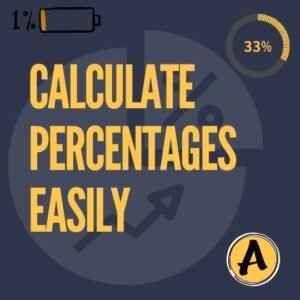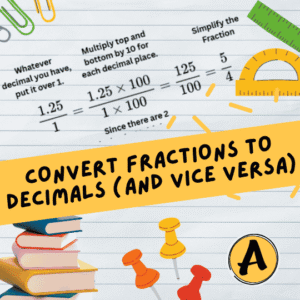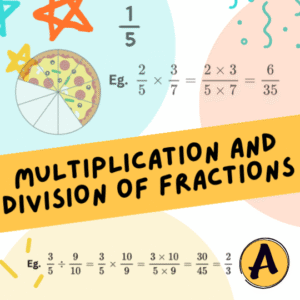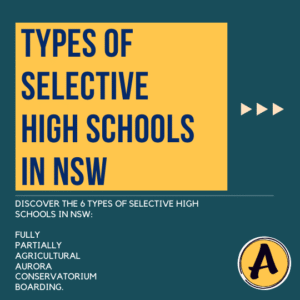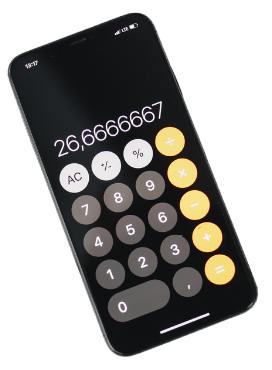2D Spatial Relations: Geometrical Representations
This part usually focuses on how we represent and interpret two-dimensional figures and their properties. It includes:
Recognising and sketching 2D shapes (triangles, quadrilaterals, polygons, circles).
Using different representations: diagrams, coordinate plane, grids, nets.
Understanding congruence and similarity through visual representation.
Interpreting composite diagrams (e.g., a rectangle split into two triangles).
Visualisation skills: translating a word problem or description into a geometric figure.
Linking geometry to algebra: plotting points, recognising midpoints, slopes, and symmetry.
This is about seeing and representing geometry accurately.
2D Spatial Relations: Working with Triangles
This part goes deeper into triangle properties and applications. It usually covers:
Types of triangles (scalene, isosceles, equilateral, right-angled) and their properties.
Angle properties:
Sum of angles in a triangle = 180°
Exterior angle = sum of opposite interior angles
Special triangles and reasoning: isosceles (base angles), equilateral (all angles 60°).
Congruence in triangles (SSS, SAS, ASA, RHS).
Similarity in triangles (ratios of sides, corresponding angles).
Geometric constructions: drawing triangles with given side/angle conditions.
Application problems: finding unknown sides/angles using reasoning, sometimes leading to Pythagoras’ theorem or trigonometry in higher years.
This is about working with and proving properties of triangles.
✅ In short:
Geometrical Representations → drawing, visualising, and interpreting 2D shapes.
Working with Triangles → proving, applying, and solving problems with triangle properties.
Introduction to 2D Spatial Relations
In geometry, 2D spatial relations form a fundamental concept that helps students comprehend and analyze two-dimensional figures. Spatial relations describe how different shapes and forms exist and interact with one another in a given space. Studying 2D spatial relations lays the groundwork for more complex geometric ideas and strengthens the ability to visualize and manipulate shapes.
Two-dimensional figures such as triangles, quadrilaterals, polygons, and circles play a central role in this topic. Each shape displays unique properties and characteristics that define its structure and relationships. For example, triangles consist of three sides and angles that vary in configuration, creating types such as equilateral, isosceles, and scalene. Quadrilaterals include a wide range of figures—squares, rectangles, trapezoids, and others—each with specific rules governing their sides and angles.
Learners apply 2D spatial relations not only in academic settings but also in everyday life. Spatial awareness helps people recognize and interpret the arrangement of objects in space, supporting activities such as navigation, architecture, and art. When learners develop a solid understanding of two-dimensional shapes and their interconnections, they strengthen problem-solving skills and gain a deeper appreciation of the geometry that shapes the physical world.
In summary, studying 2D spatial relations builds essential geometry skills by focusing on shapes and their properties. Mastering these foundations enables learners to explore advanced geometric principles and apply them confidently in real-world situations.
Recognizing and Sketching 2D Shapes
Learning to recognize and sketch 2D shapes builds a strong foundation in geometry. Shapes such as triangles, quadrilaterals, polygons, and circles each show distinct characteristics that help learners identify and draw them accurately. By focusing on these traits, students turn abstract understanding into practical sketching skills.
Triangles: In terms of sides, we can categorize triangles as an equilateral triangle(three equal sides), an isosceles triangle (two equal sides), and a scalene triangle (No sides equal). By angles, an acute triangle has all angles less than 90°, an obtuse triangle has one angle greater than 90°, and a right triangle has one angle equal to 90°.
Quadrilaterals—including squares, rectangles, and trapezoids—show unique rules for sides and angles. Squares have equal sides and right angles, while rectangles feature equal opposite sides. Understanding these properties improves both recognition and sketching accuracy. Polygons follow a simple rule: the number of sides defines the shape. A pentagon has five sides, a hexagon has six, and so on. Visualizing these helps learners build broader geometric knowledge.
Circles stand out because every point on the curve stays the same distance from the center. Sketching them on grids, diagrams, or coordinate planes trains students to see structure in round shapes and connect circles with other figures in 2D space.
By mastering recognition and sketching, learners strengthen spatial awareness, improve problem-solving, and prepare for more advanced geometry.
Interpreting Composite Diagrams in 2D Spatial Relations
Composite diagrams simplify complex shapes into smaller, manageable parts. A common example is a rectangle divided into two triangles, which demonstrates core spatial reasoning. Breaking shapes down this way makes it easier to calculate properties such as area and perimeter.
To interpret these diagrams, first identify and separate the shapes. For a rectangle split into two triangles, calculate the rectangle’s area using length × width, then find each triangle’s area with ½ × base × height. Comparing these results shows how the parts relate to the whole.
Shared attributes also play a key role. In the rectangle example, both triangles share the same base and height, making direct comparisons simple. This understanding supports strategies for finding missing dimensions or solving related geometric problems.
Composite diagrams appear in real-world contexts such as architecture, engineering, and computer graphics. By learning to decompose and analyze them, students strengthen visualization and problem-solving skills, bridging abstract geometry with practical applications.
Visualisation Skills: Translating Problems into Geometry
In Year 9 NSW Mathematics, students develop visualization skills to tackle 2D Spatial Relations problems. These skills involve translating worded or written descriptions into clear geometric figures, which strengthens reasoning and problem-solving.
Students begin by identifying key elements in a problem—objects, relationships, and attributes. They then sketch basic shapes such as triangles, rectangles, or circles to represent the scenario. For example, when a problem describes a right triangle with given side lengths, drawing it helps students apply the Pythagorean theorem or trigonometric ratios with accuracy.
Understanding congruence, similarity, and transformations further enhances visualization. Architects, for instance, rely on these principles when designing stable structures or analyzing how angles and shapes interact.
Modern tools such as geometry software and apps allow students to manipulate figures, explore transformations, and test relationships dynamically. By practicing regularly, Year 9 learners in NSW gain the ability to convert complex word problems into precise diagrams, improving both comprehension and mathematical reasoning.
Congruence and Similarity in Triangles
In Year 9 geometry, congruence and similarity help us understand how triangles relate. Congruent triangles are exactly the same in shape and size, with equal sides and angles. We check this using rules like SSS, SAS, ASA, and RHS.
Similar triangles share the same shape but differ in size. Their angles match, and their sides stay in the same ratio.
Mastering these ideas makes solving triangle problems easier and builds a strong foundation for more advanced geometry.
Linking Geometry to Algebra
In Year 9 NSW Mathematics, students explore how geometry and algebra connect, especially within the study of 2D Spatial Relations. Using the coordinate plane, they plot points, analyze relationships, and link shapes to algebraic expressions. Each point, defined as an ordered pair (x, y), helps students bridge visual geometry with symbolic algebra.
Key concepts like midpoints and slopes highlight this connection. Students calculate the midpoint of a line segment with M = ((x₁ + x₂)/2, (y₁ + y₂)/2), applying algebra while visualizing geometry. They determine slope with (y₂ – y₁) / (x₂ – x₁), which represents rate of change and reveals the steepness of a line. These tools strengthen understanding of linear functions and their geometric meaning.
Students also examine symmetry as a point where geometry meets algebra. Triangles, rectangles, and other 2D shapes display symmetrical properties that equations can represent—for example, using algebra to describe a line of reflection.
By linking geometry and algebra, Year 9 learners in NSW build stronger analytical skills, apply formulas to real geometric contexts, and develop confidence for tackling advanced mathematics.
Geometric Constructions and Application Problems
In Year 9 NSW Mathematics, students learn geometric constructions to build accurate figures using a straightedge and compass. In 2D Spatial Relations, they often construct triangles from given conditions, such as two sides and the included angle (SAS) or two angles and one side (ASA). These constructions strengthen spatial understanding and prepare students to use triangle properties in real problems.
Students also use basic trigonometry—sine, cosine, and tangent—to calculate unknown sides and angles. Since triangles form the foundation of many geometric models, mastering these tools helps Year 9 students solve problems confidently and apply geometry in real-world contexts.

